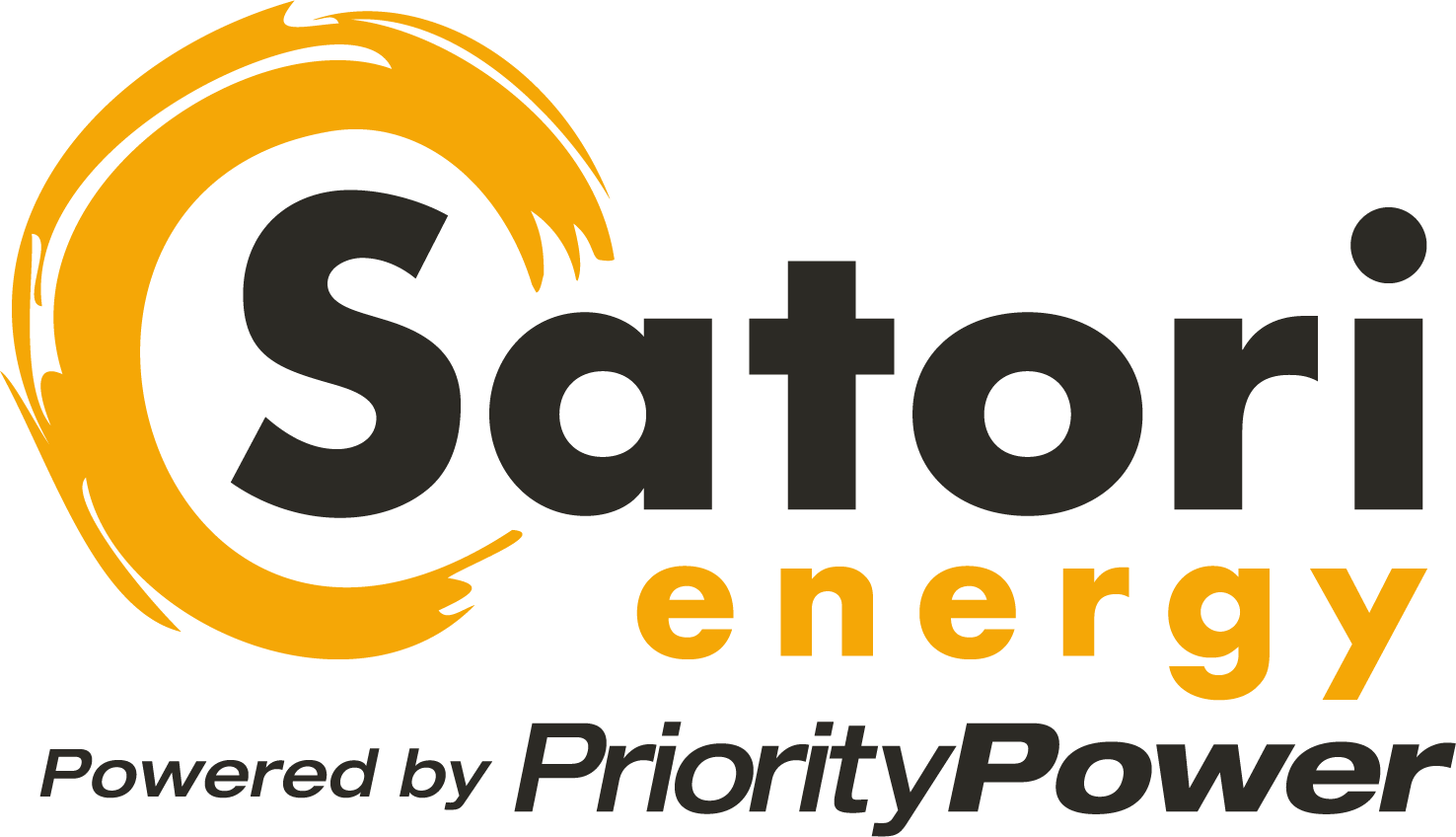Save Money, and Support Clean Local Energy without Installing Panels On-Site
Eligible customers within select utilities are able to enroll in Community Solar programs without installing any solar panels at their property. These programs allow businesses and residents to support clean, local, renewable energy, in addition to receiving savings on their electricity bills.
Community Solar programs offer solar energy that is generated from local “solar farms,” or solar array installations that are developed specifically for Community Solar programs, to utility customers within the region. The energy from these solar farms is fed into the local electricity grid, allowing local customers to take advantage of the renewable resource. In addition to committing to and supporting sustainable energy, these programs offer significant guaranteed savings on your electricity bills.
Programs vary by state. For specifics for your state or to submit your information for enrollment, use the form below. For more information, visit our FAQ or contact our Community Solar team directly.
Contact Us:
FAQS
What is community solar?
Community solar is a structure that enables customers to take renewable energy power output generated by a local solar project. Each project is broken into hundreds of individual subscriptions, so by signing up, you are claiming a certain percentage of the project’s solar energy output. When you sign up for a community solar subscription, the provider will assign you to a local solar project (also known as a solar farm). They will notify the utility of your participation. Each month after your participation is confirmed, you will receive credits on your utility bill from the provider for your share of the project’s energy output.
How are credits determined?
Let’s say, for example’s sake, that your subscription is for 1% of the overall electricity generated by the solar project, and let’s say that the project generated 100,000 kWh in a given month. You can expect to receive a credit for 1,000 kWh (1% of the output) at a rate determined by the utility. Typically, the output is higher in the summer months and lower in the winter months, so the overall value of the credits you see on your bill will fluctuate seasonally as well.
How are my bills calculated?
The credits applied to your utility bill will offset your usual utility costs partially, but sometimes fully. Usually, your community solar subscription will be for a guaranteed savings program. These discounts can range from 5% to 20% depending on the provider and location. So, if you receive $100 in solar credits on your utility bill, you owe the provider this money less your guaranteed discount. If your discount is 10%, you can expect to owe your provider $90 that month. There is never a case in which you owe your provider more than the value of the credits you receive; your discount percentage is guaranteed and locked in for the full term. Billing type depends on your provider as well as the type of project you are subscribed to. In most cases, you will get a separate bill for a certain percentage discount relative to the value of credits you see on that month’s utility bill. In some cases, you may see all costs consolidated within your normal utility bill statement.
So I’m taking power output from a solar project. How does this impact my supply agreement?
Excellent question. It doesn’t! To maximize participation in community solar, states have separated community solar and retail supply so that there is no overlap. If you have a retail supply agreement, you can still subscribe to a community solar project, and can still expect to get the same bill credits each month. Wherever possible, you should attempt to have your retail supplier set you up on utility consolidated billing (UCB). This is because the larger your traditional utility bill is, the larger your community solar subscription can be, and the more money you save. If your supplier bills you directly (not through your traditional utility) then the solar credits may not be available to offset your supply costs – only delivery and taxes.
What should I look for when selecting a community solar provider or signing up for a project?
These projects are very popular, and there is a finite amount of output for each project, so they often fill up quickly. To some degree, you may be limited in options due to this high demand. When evaluating a provider, the most important things are the guaranteed discount percentage, the amount of advanced notice you must provide to terminate/cancel without penalty, the billing structure (combined bill or dual-bill), and the payment options offered by the provider (ACH, credit card, check, etc.) if on a dual bill project.




